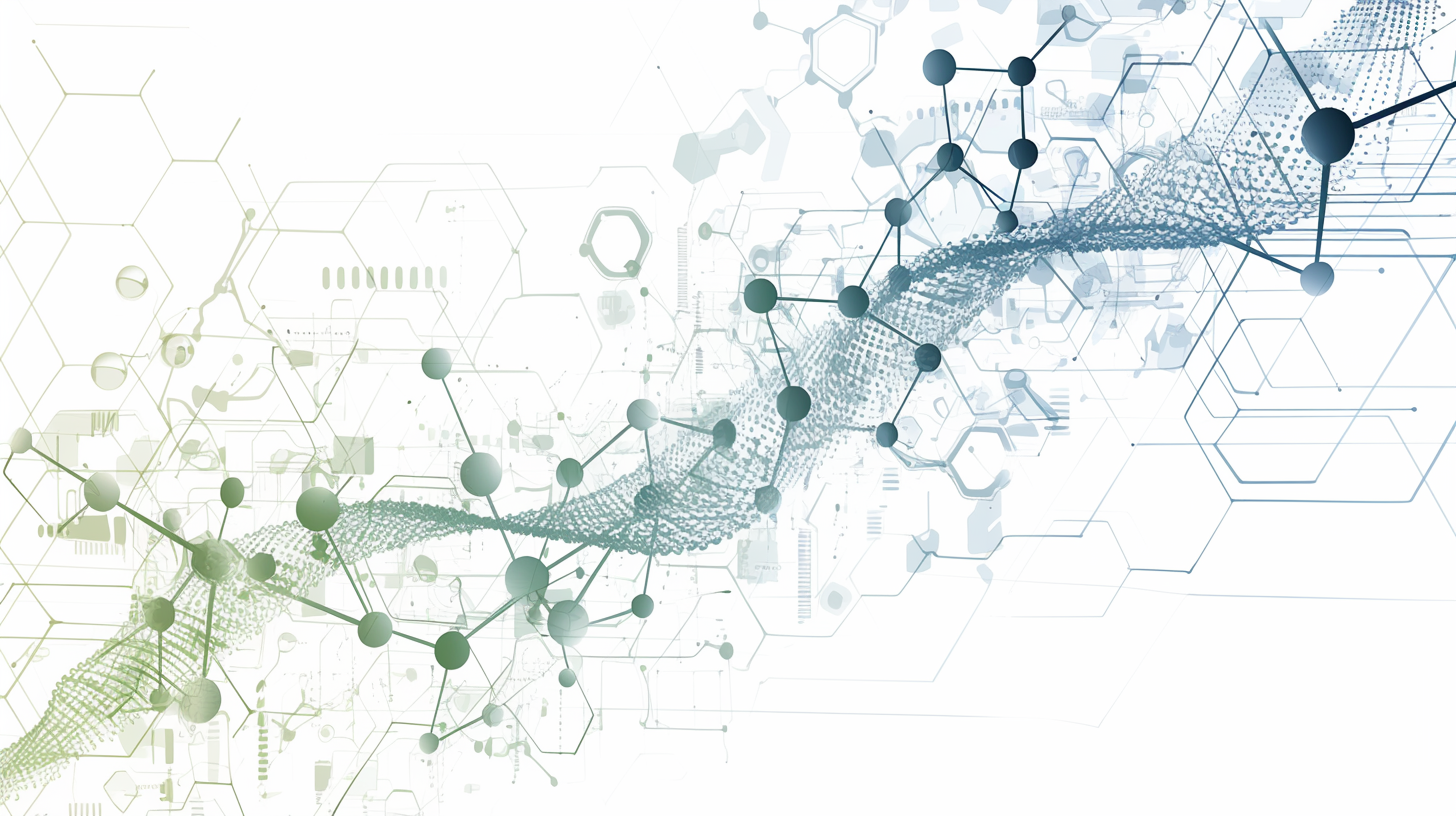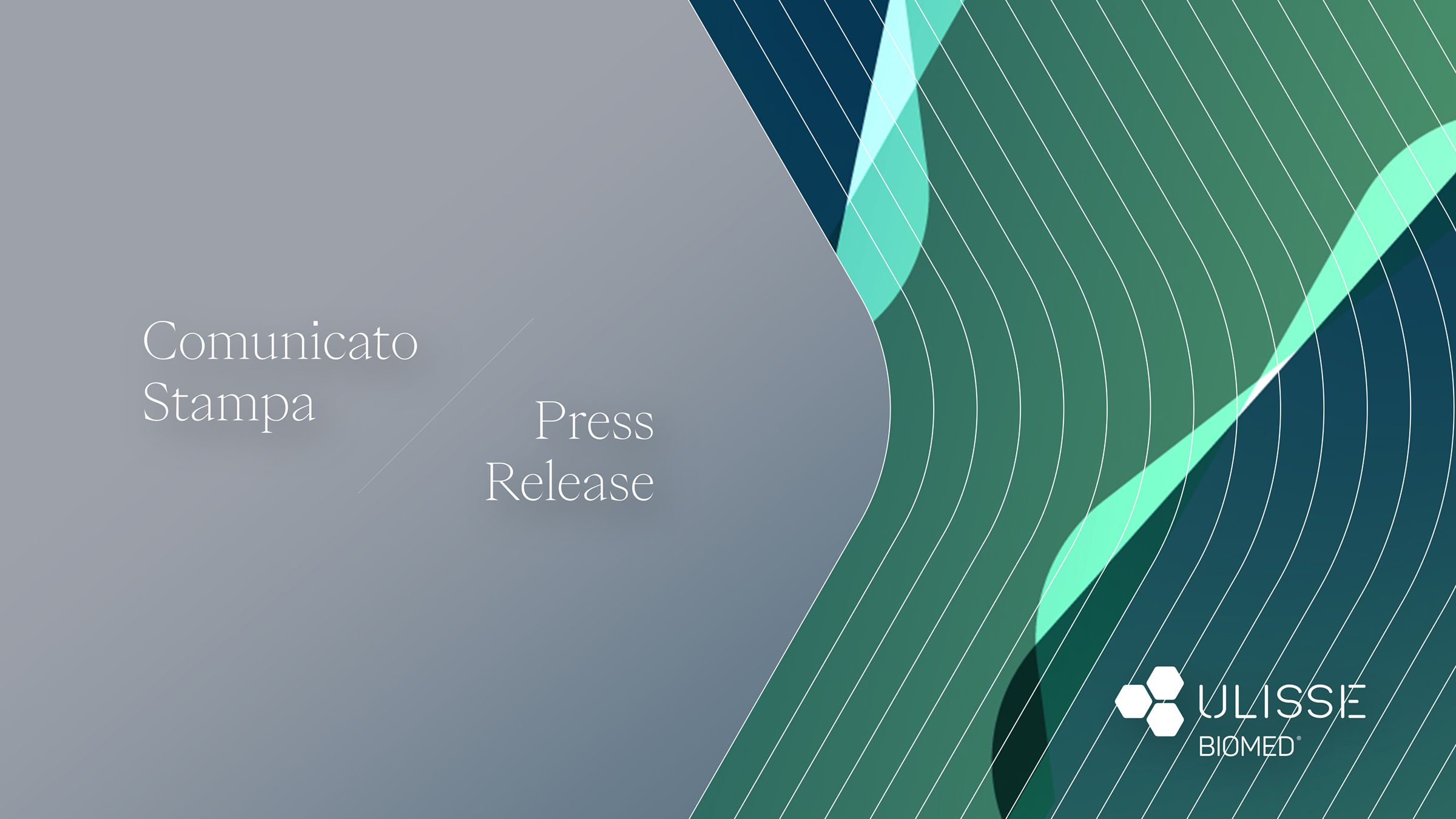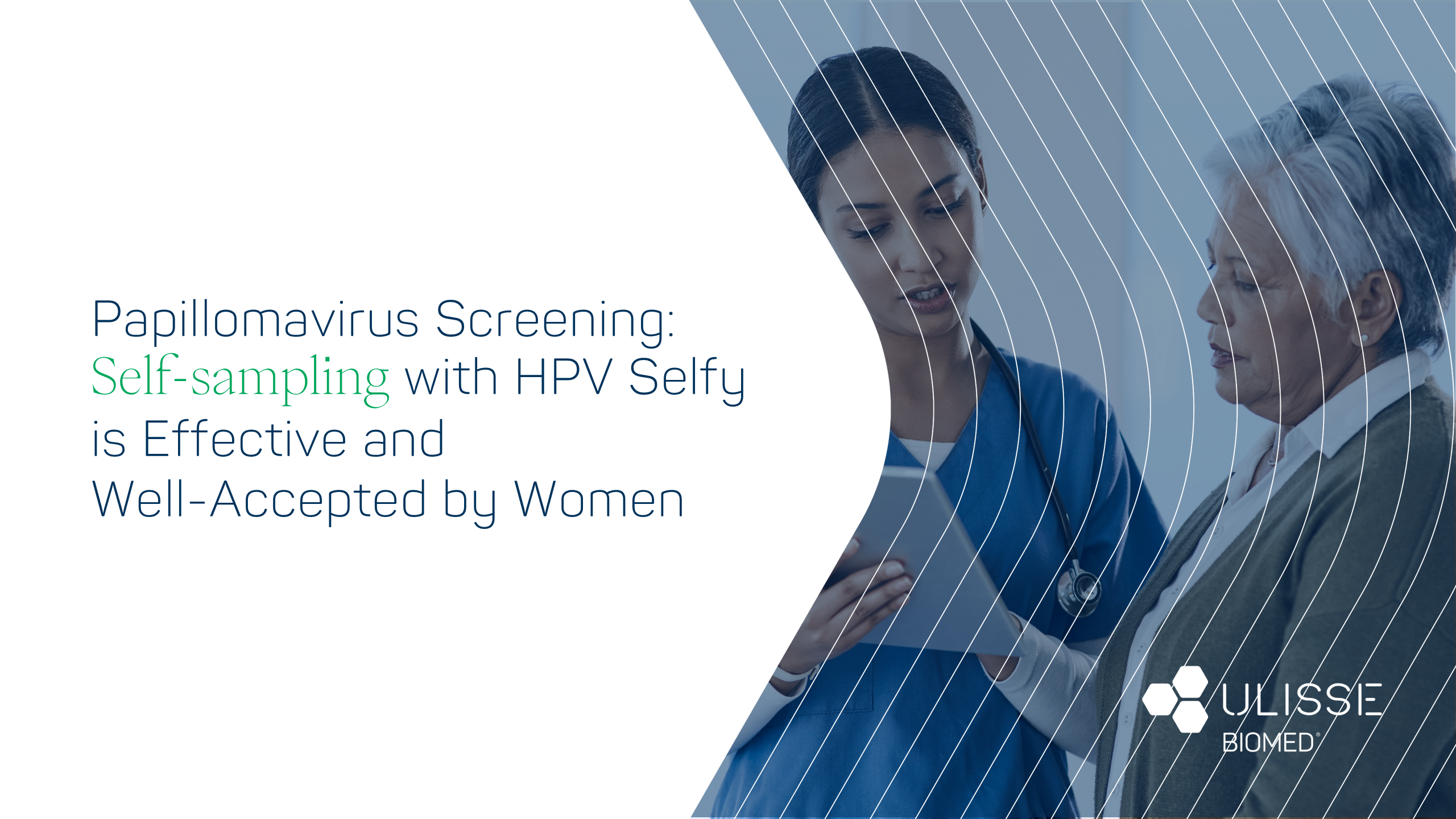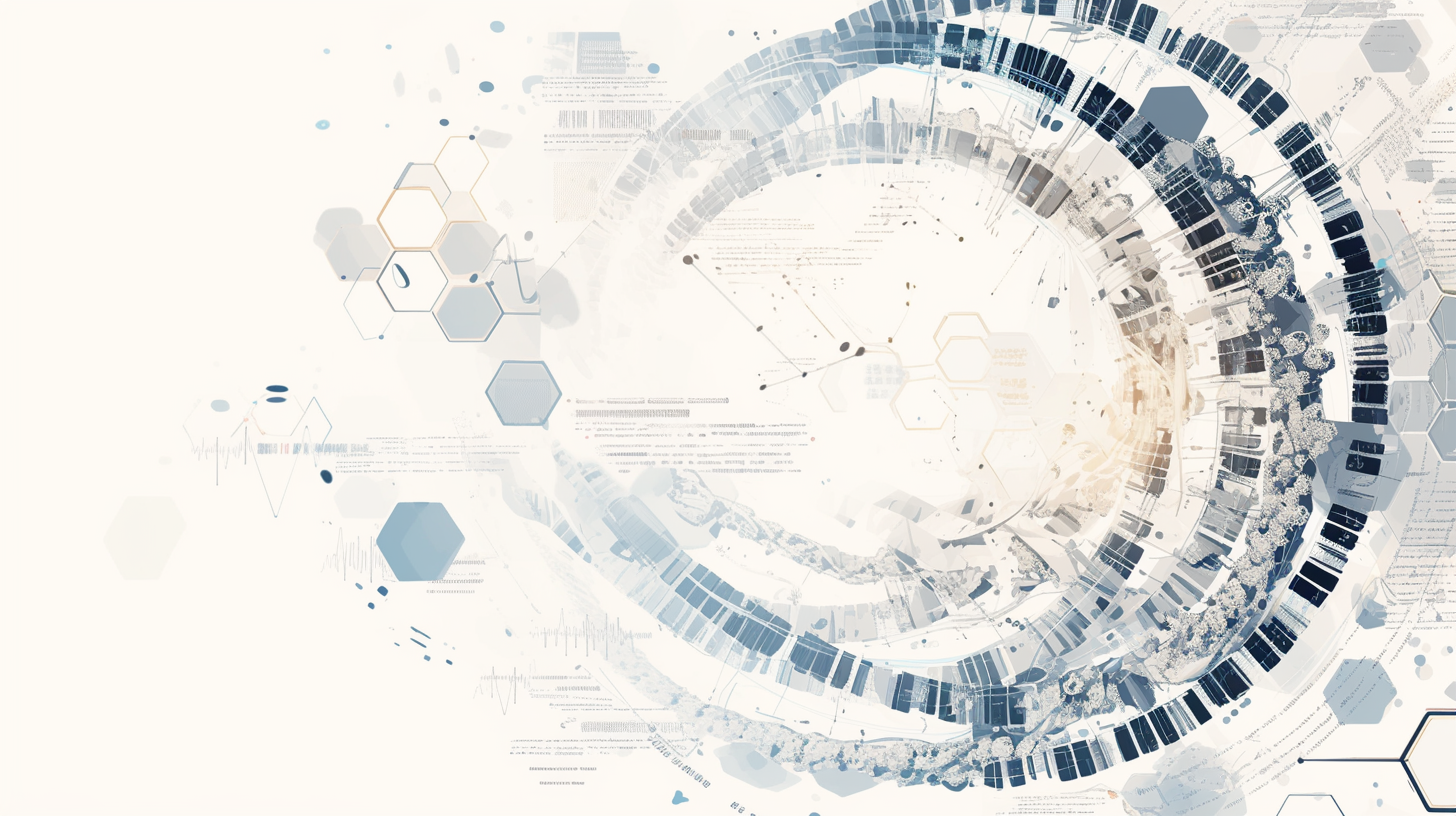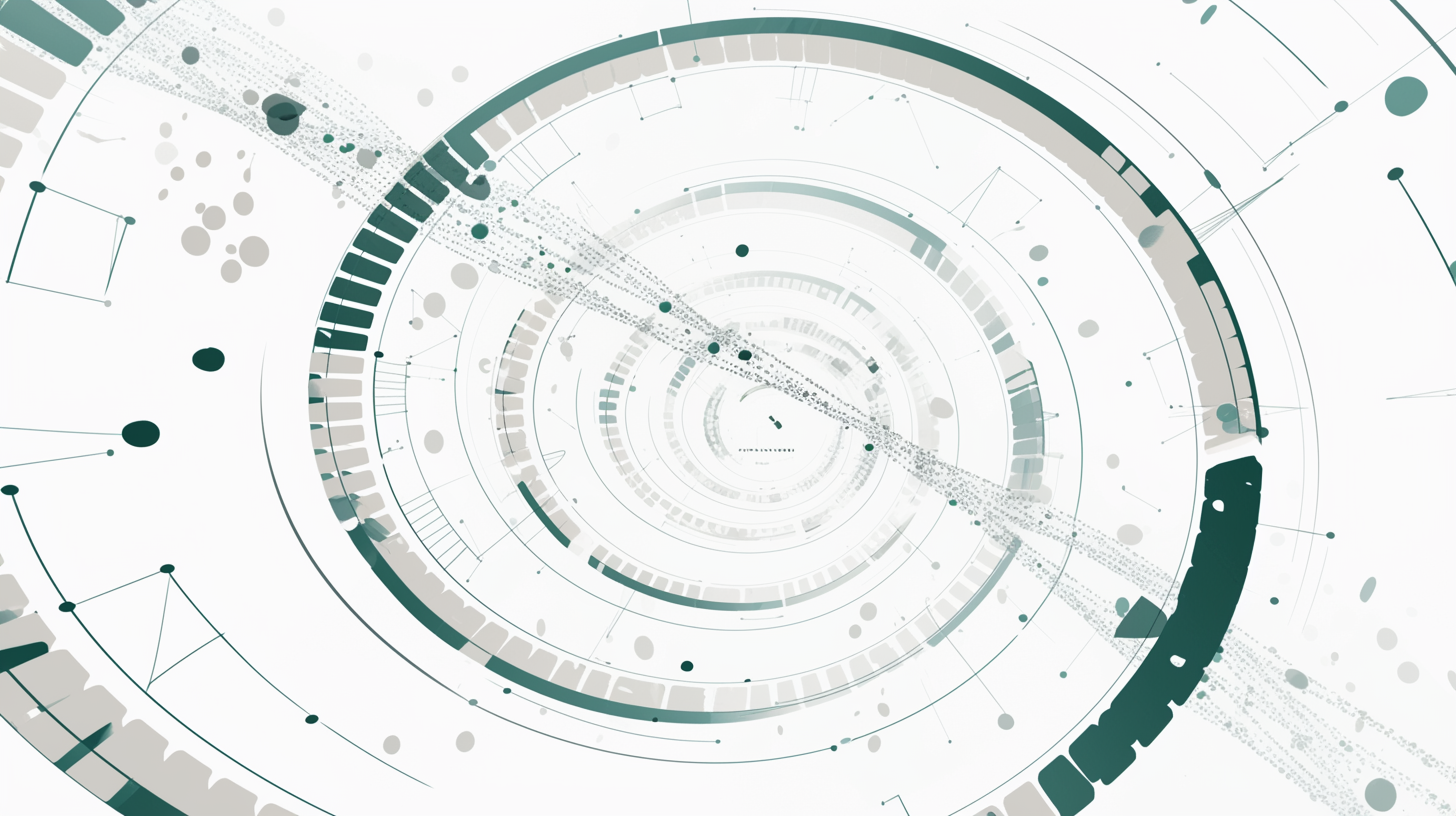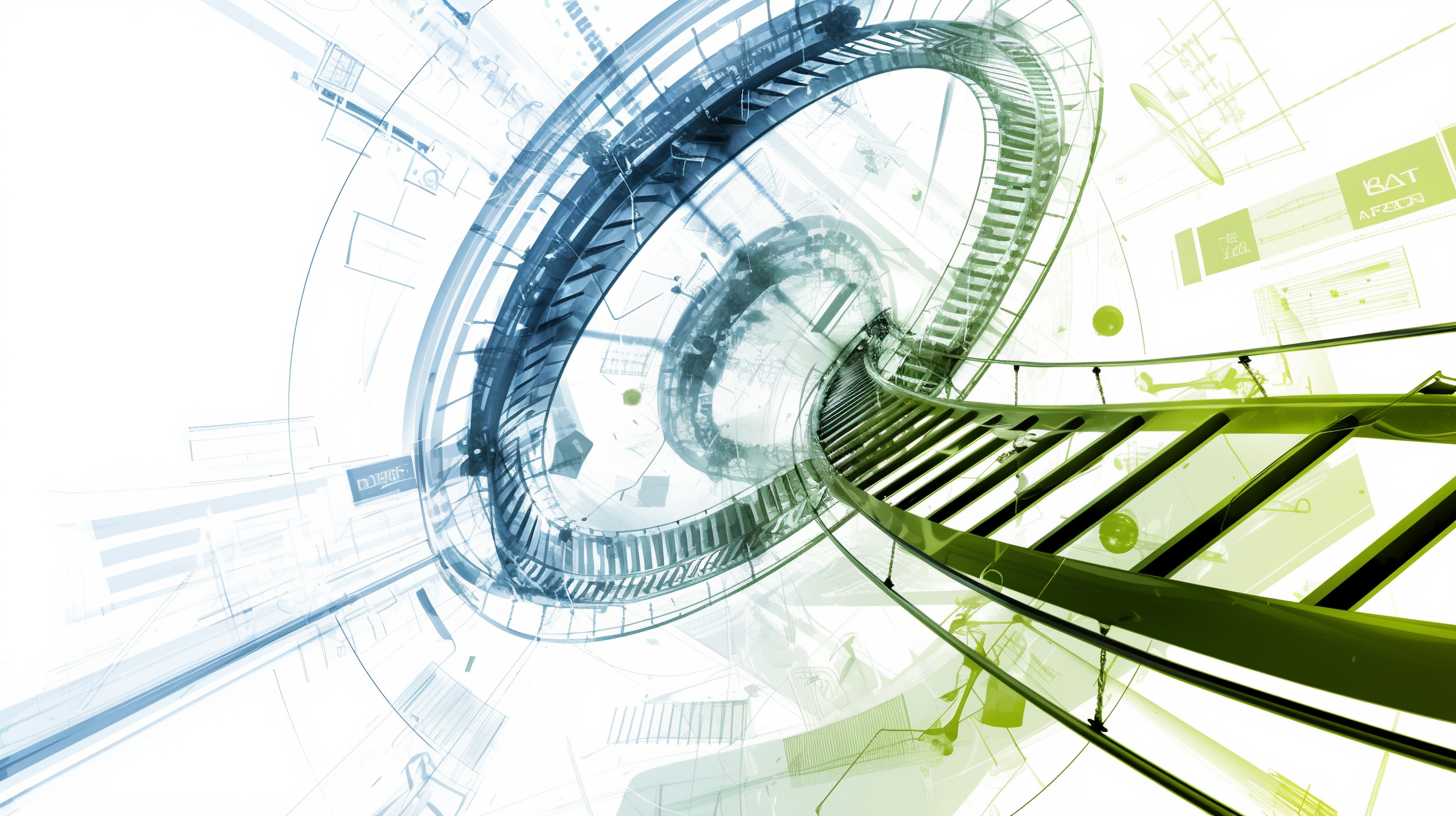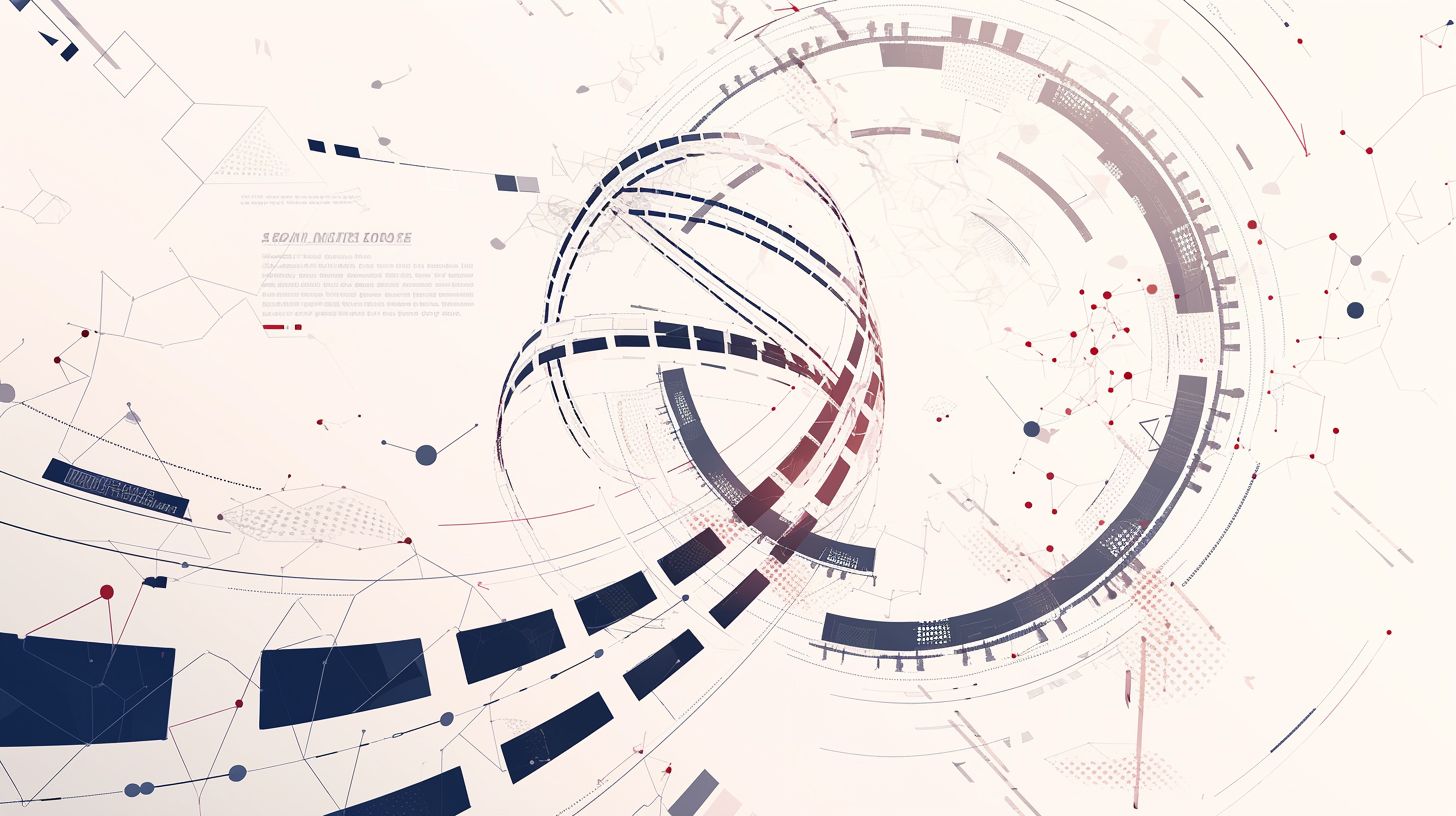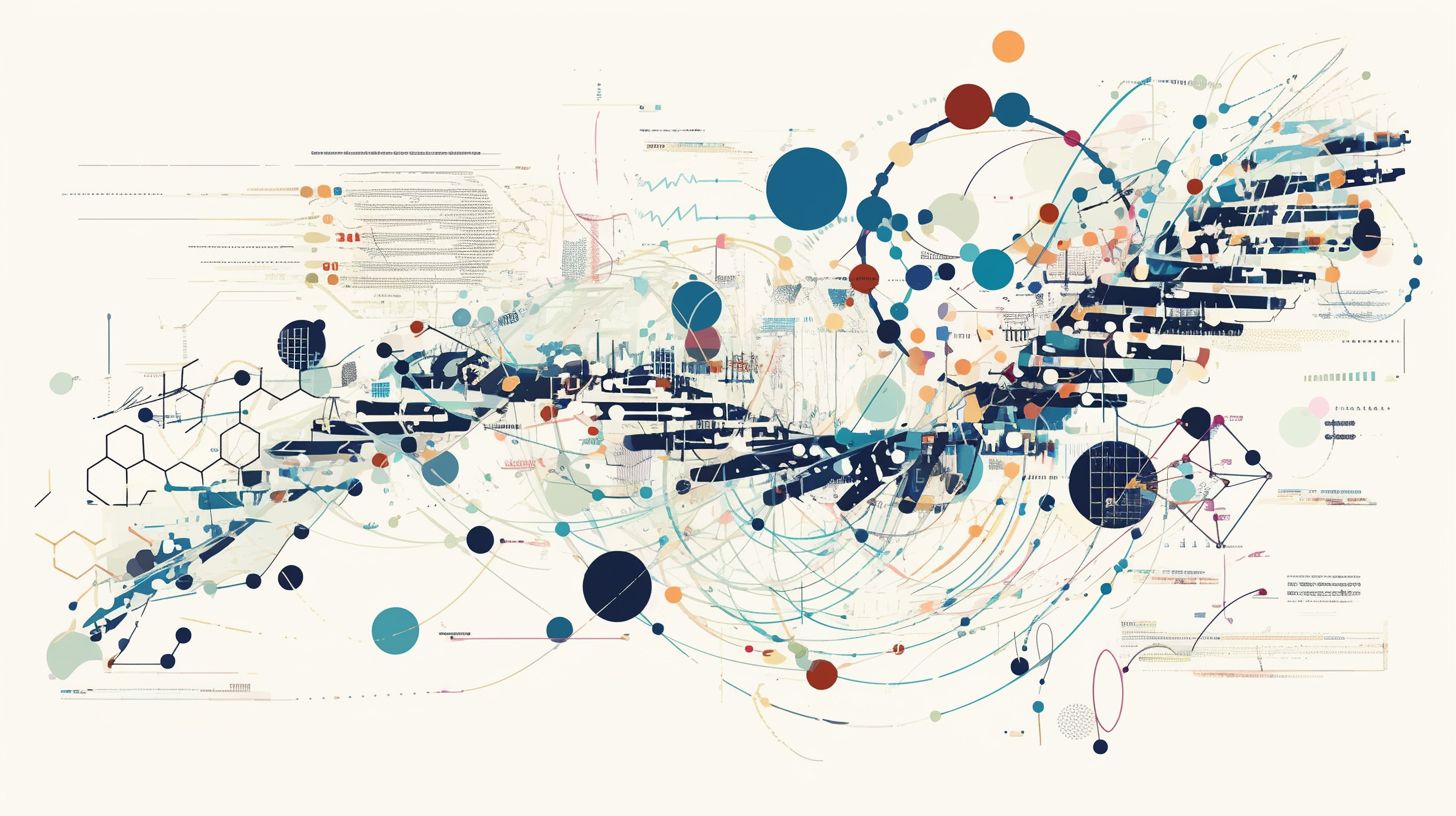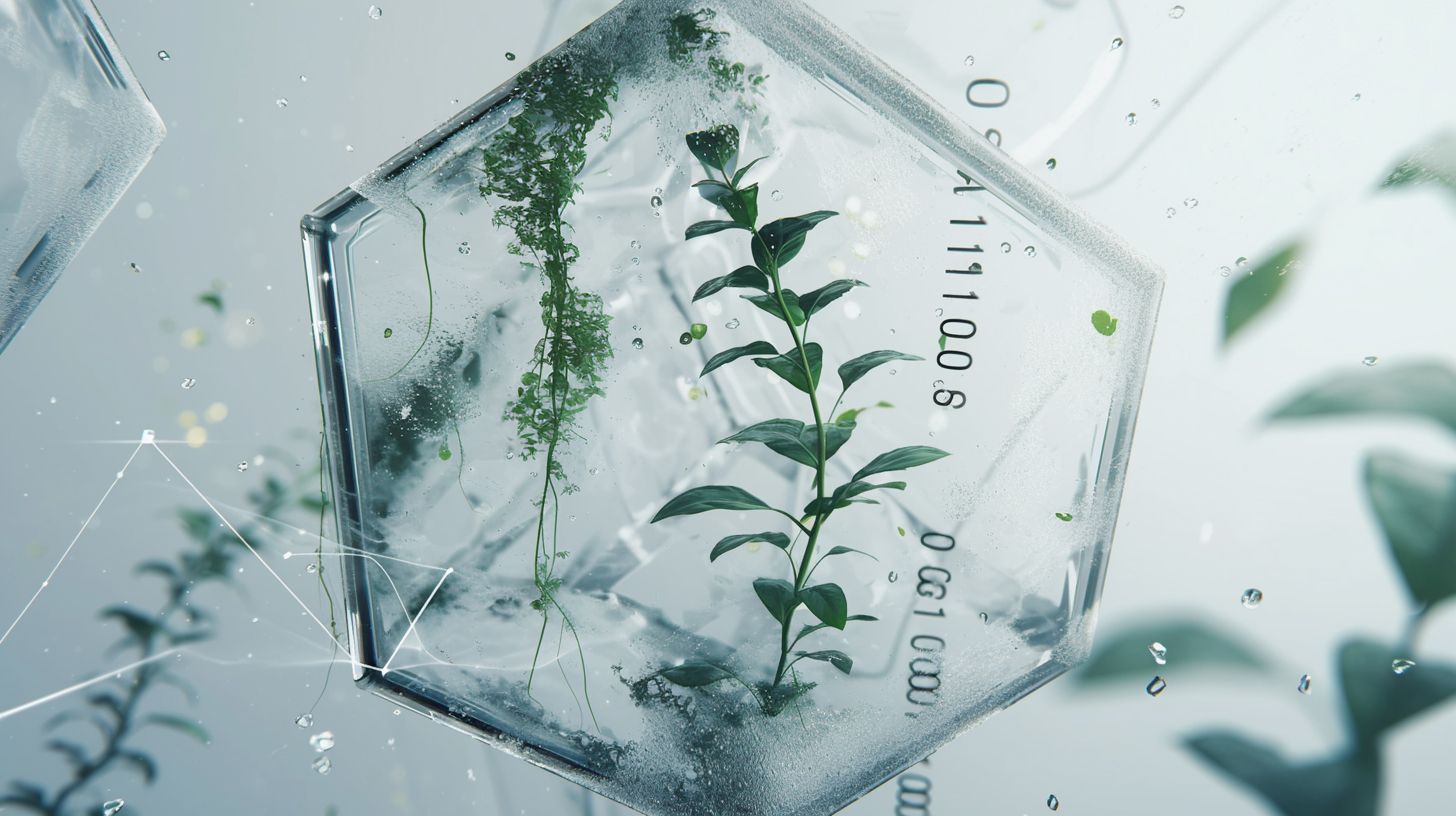Reading time [minutes]: 9
Vision & Strategy
Inside innovation: paths, people and vision of R&D at Ulisse Biomed
Three inside voices tell how innovation is born, developed and governed at Ulysses Biomed: between strategic vision, technological complexity and industrial rigour.
Abstract
Innovation is not an abstract process: it is made up of choices, people, methods. In this exclusive article, three key figures of Ulisse Biomed - President Stefano Lo Priore, CTO Lorenzo Colombo and co-founder Bruna Marini - talk about what it means to do R&D in a biotech company that integrates AI, cloud and molecular diagnostics. What emerges is a coherent ecosystem, where the balance between vision and feasibility guides every line of development, with the aim of transforming ideas into concrete, scalable and regulatory clinical solutions.
Introduction
It is not enough to have a good idea to innovate. You need vision, courage, method. And above all, you need a context in which innovation is not just tolerated, but planned, financed, organised and measured. At Ulysses Biomed, R&D is not an isolated laboratory, but the engine that fuels technological growth and industrial positioning. We enter the heart of that engine, giving voice to three key figures who, with different roles, guide and support the company's entire R&D ecosystem.
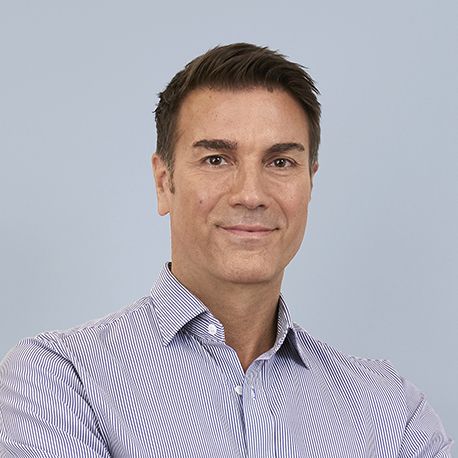
INTERVIEW 1
Stefano Lo Priore, President and Founder of Hyris
Let us first take a small step into the recent past and think about the merger between Hyris and Ulisse Biomed. What values and skills did Hyris bring to the group? How do they fit in with those of Ulisse Biomed?
"We have brought together two different but perfectly complementary worlds: on the one hand, the industrial strength, scale and technological agility typical of Hyris; on the other hand, the research quality and academic expertise of Ulisse Biomed. This integration creates a unique ecosystem in which hardware, reagents and artificial intelligence speak the same language. Our group thus becomes stronger and more unified, ready to compete globally with complete and highly integrated molecular solutions."
What is the strategic value of research and innovation at Ulisse Biomed today?
"True innovation does not come from a solitary intuition, but from fertile ground made up of shared vision, trust and discipline. At Ulisse, we have created this ground: an environment that nurtures ideas, but also knows how to select, cultivate and transform them into real, industrialised solutions. The true strategic value of our research lies in its ability to remain grounded in reality, keeping its focus on concrete challenges and directing innovation towards goals that are truly useful: to improve efficiency, to respond to emerging clinical needs, to expand the technological possibilities of the system. Innovation makes sense if it produces a measurable impact. And to do so, it must be channelled towards concrete, relevant and sustainable objectives."
So from ideas to real impact?
"Exactly. What sets effective innovation apart is its ability to transform itself into value. For us, value means concretely improving the lives of healthcare professionals and patients, optimising costs and time, and restoring reliability to the diagnostic process. For example, every R&D project must deliver a tangible improvement, not just an exercise in innovation for its own sake."
Let us now take not a small step, but a real leap into the future: how do you imagine molecular diagnostics and technology will evolve in the next ten years?
"I believe we are moving towards a radically different model, where diagnosis, therapy and prevention will be interconnected in real time. Molecular diagnosis will no longer be confined to centralised laboratories, but will be distributed, predictive and personalised. Instruments will be smaller, smarter, more autonomous. But what will really make a difference will be the ability to make sense of the data. Artificial intelligence will be an everyday ally, not just for reading a curve, but for anticipating a clinical scenario. In this future, innovation will truly be at the service of life, and Ulisse Biomed wants to be an active part of this change, bringing the laboratory everywhere, but also bringing awareness, sustainability and industrial vision."
In short: a forward-looking vision, but still anchored in an industrial approach and oriented towards practical feasibility?
"Absolutely. Any vision that aspires to generate change, and for me R&D is the main driver of this change, must rest on a solid foundation, on a model that transforms ambition into concreteness. For us, this means combining creativity and discipline, intuition and process. It is a delicate but essential balance: dream with lucidity, innovate with method. And in the end, what really counts is seeing those ideas turn into tools that work, into solutions that help, into technologies that leave their mark. It is there that you also find deep satisfaction, because you know that that balance between vision and reality, between impetus and rigour, is not only possible: it is necessary."
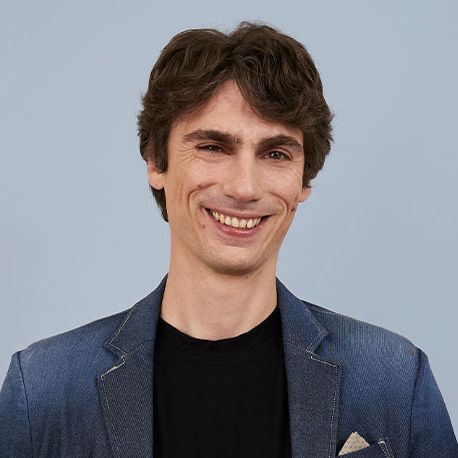
INTERVIEW 2
Lorenzo Colombo, CTO
Stefano Lo Priore told us that every vision, in order to be effective, must be based on solid foundations, and he defined R&D as the real driver of change in a company. Do you agree with this view? How does this translate, in concrete terms, into your R&D infrastructure?
"Yes, I completely agree. I have often pushed the team towards very advanced, almost speculative solutions. But it is precisely thanks to that constant comparison with a more solid, more industrial vision that we have been able to channel those insights into feasible projects. At Ulisse Biomed, innovation does not mean chasing every possibility, but building possibilities that hold up in the real world. It is a game of complementary forces. And without that tension between those who dream and those who structure, many of our solutions would not exist."
So how does the contrast between vision and practicality translate into your role at Ulisse Biomed?
"For me, it means acting as a bridge between what we would like to achieve and what we can actually build with engineering precision. My role requires translating insights and visionary ideas into solid technical architectures: reliable hardware, scalable software, stable reagents. All of this must be integrated into a coherent, interoperable and, above all, validatable ecosystem. Every design choice must take into account not only theoretical performance, but also manufacturability, regulatory constraints and maintainability in the field. It is a job that requires rigour, but leaves room for applied creativity. For me, innovating means building — and building well."
Any concrete examples of this balance between vision and feasibility?
"There are many. But one above all concerns the new generation of PCR instruments: the integration between hardware, reagents and the cloud. Every improvement or change to one channel requires perfect alignment with the others. Our job in R&D is precisely this: to tackle problems that initially seem technically insurmountable and find ways to make them manageable, repeatable and measurable. The real challenge is to make complexity trivial, to create a system that always works — even in less than ideal conditions. And when we succeed, it means we have translated an idea into something concrete and applicable: that's where change takes shape."
One of the most popular topics these days is AI. In this regard, what can you tell me about its integration into your R&D approach, particularly in relation to PCR testing?
"The integration of AI into PCR workflows is one of our most strategic assets. We are not just talking about post-diagnostic analysis, but real predictive models that intervene on several levels: optimisation of reaction conditions, real-time monitoring of signal quality, assisted interpretation of results. This allows us to reduce the margin of error, speed up development cycles and simplify the user experience in distributed contexts."
What method do you adopt internally to ensure efficiency control with these innovative technologies, especially with a view to industrial development and applicability?
"Controlling efficiency in a highly innovative environment means first and foremost systematic measurement. Every technology we develop undergoes internal benchmarks that assess its performance, scalability, stability and integration time. We apply a low-latency iterative logic: continuous testing, immediate feedback, and agile review. This allows us to identify bottlenecks already at the prototyping stage and intervene in real time. Above all, each phase is documented in a structured manner, so as to ensure traceability and industrial replicability. Efficiency, for us, is not just speed: it is consistency between what we promise and what we can reliably produce."
Looking ahead, what role will R&D play in Ulisse Biomed's evolution?
"I believe it will become even more central. We work in a constantly changing sector, and our ability to anticipate change will be crucial. R&D will have to become increasingly predictive, increasingly integrated with corporate strategy, and capable of transferring tangible value in the shortest possible time. My personal goal is to ensure that every new project starts not only from an intuition, but from a real, traceable and validatable need."
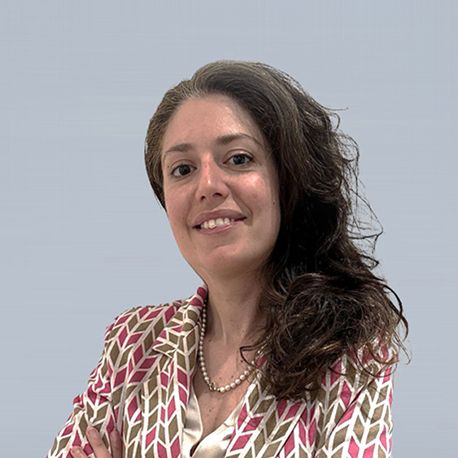
INTERVIEW 3
Bruna Marini, board member and co-founder of Ulisse Biomed
Bruna, as co-founder and now member of the Board of Directors, you have accompanied Ulisse Biomed since its inception. What was your original contribution to building the R&D culture?
Coming from academic research, I brought a highly structured approach to Ulisse Biomed: experimental rigour, data management, attention to detail. But above all, I worked to build a bridge between science and industrial operations. In the early years, this meant defining processes, validation criteria and control methodologies that would enable research to become a product. This approach has been fully applied in complex projects such as HPV Selfy, where the quality of research had to be integrated with stringent regulatory and industrial requirements. Today, this method is part of the company's DNA."
Looking back, which project represents a turning point for you in terms of innovation culture?
"Without a doubt, the HPV Selfy project, which I personally followed during its key stages. Not only because of its clinical relevance, but also because of the level of integration between research, regulation, production and marketing. It is a highly sensitive diagnostic test for HPV genotyping, designed to be compatible with the decentralised approach of the Ulisse Biomed platform. It has been clinically validated to international standards and supported by strategic partners such as Microbix for QAPs. This synergy has elevated the quality of the product, ensuring coverage of high-risk genotypes and facilitating access to CE and IVDR certifications. In short, it is a prime example of how innovation requires cross-functional and cohesive governance capable of transforming technical expertise into clinically reliable and industrially scalable solutions."
Today, you no longer have a day-to-day operational role, but you are still very close to the company. How do you feel about this new position?
"It's a natural step, but also an exciting one. My role on the Board is to bring an integrated vision and help maintain consistency between strategic decisions and the company's scientific identity. I continue to closely follow the R&D roadmaps and industrialisation plans, even though I don't coordinate them directly. I would say that today my contribution is more related to vision and positioning than to operational management. Above all, I feel a responsibility to preserve and enhance the historical continuity that binds us to our origins. After the founding phase, in which we laid down the cultural and methodological guidelines for Ulisse Biomed, the arrival of new skills, visions and, above all, people of extraordinary human and professional value brought about a decisive evolution. Today, that initial structure has not only been preserved, but has found new life and an even more mature strategic direction. Recognising this and harmonising it with new challenges is, for me, an essential part of the growth process."
Looking ahead, what do you think are the pillars that should guide innovation in a biotech company like Ulisse Biomed?
"Method, vision, responsibility. Innovation cannot be just brilliance or intuition: it must be channelled into a robust process. And it must have an impact. That is why I still believe that the most important thing is not just the idea, but its transformation into something that works, that complies with regulations, that can be scaled up industrially. When innovation is concrete, compliant, repeatable and ready for the market, then it becomes a real driver of technological and competitive growth."
